Billion dollar cow herd
People in Buon Quarter, Muong Lat Town, Muong Lat District (Thanh Hoa) pointed straight to the forest in front and said "find Vi Van Doi (30 years old) there". The direction was a winding, zigzag, steep road, lying across the hill, leading to Doi's livestock farm.
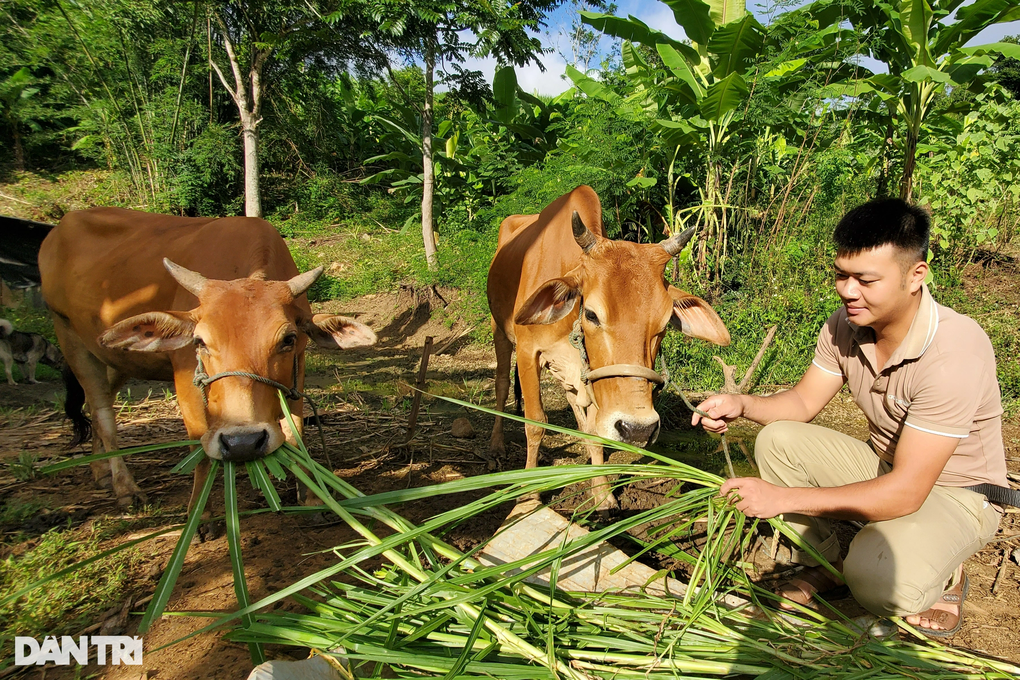
Mr. Vi Van Doi is successful with his model of breeding and fattening cows (Photo: Hanh Linh).
Stopping after operating the lawn mower and slicing bananas for the cows, Mr. Doi talked about his journey into the deep green forests and mountains.
After graduating from high school in 2011, Mr. Doi went to work as a worker at an electronics company in Hai Duong province, with a stable income of 12 million VND/month. When the Covid-19 pandemic hit, Mr. Doi quit his job and returned to his hometown with the intention of getting rich in his homeland.
After quitting his job as a worker, the young man went into the forest to build a shed to raise cows, earning half a billion VND/year (Video: Hanh Linh).
The terrain of the border area has a harsh climate and barren land. After much deliberation, only livestock farming was suitable. Mr. Doi proposed the idea of raising cows for breeding and fattening to his family.
In early 2021, Mr. Doi led his family's breeding cows over the hills, deep into the forest, set up a shack, and began his entrepreneurial journey to the surprise of his whole family.
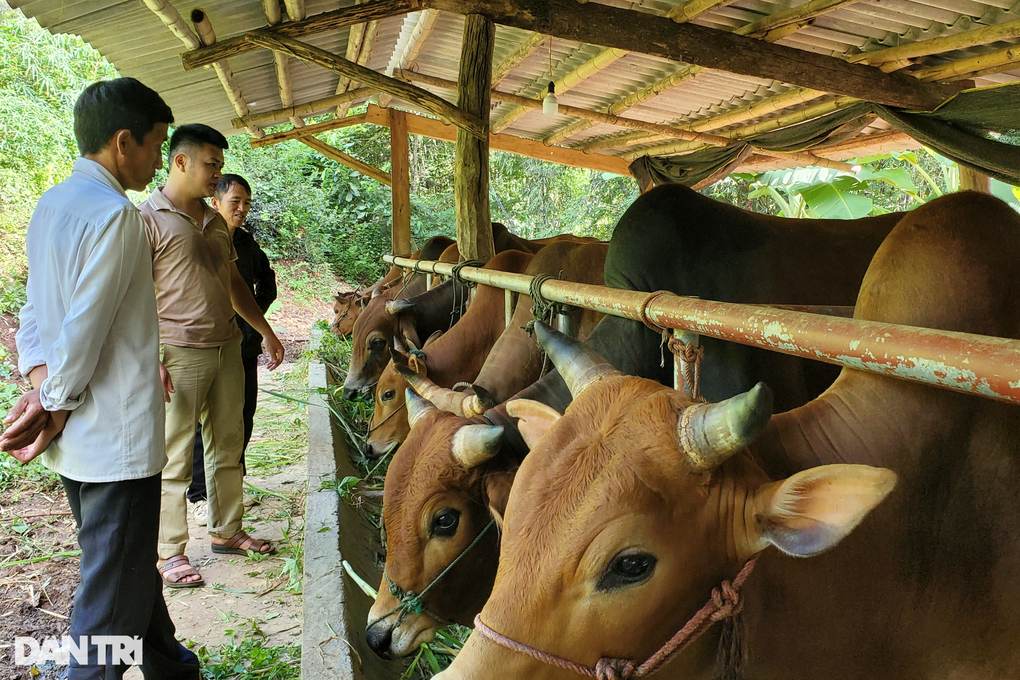
Many customers come to buy cows from Mr. Doi (Photo: Hanh Linh).
After setting up the hut, Mr. Doi made a detailed plan of what to plant on his family's 5-hectare hillside for livestock raising. 1,000 banana bushes, many cassava gardens, corn and elephant grass were planted by Mr. Doi on his family's land. Along with that, he borrowed money from friends and relatives to buy 50 cows, of which 10 were for breeding and 40 were for fattening.
After 6 months of being well cared for and fed, the first batch of cows were sold. With the profit, Mr. Doi used the capital to buy more cows to maintain the model.
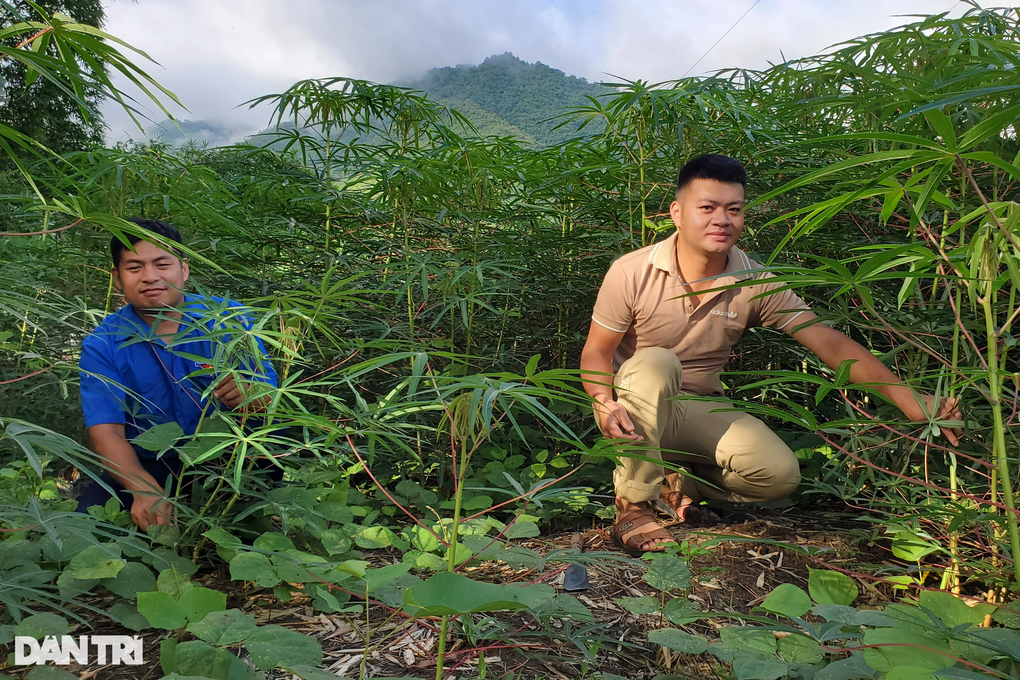
Mr. Vi Van Doi (right cover) next to a hill of bamboo cassava, a type of cassava that, according to him, has many large, starchy tubers (Photo: Hanh Linh).
On average, each year, Mr. Doi sells two batches of fattened cows, with a large batch of 20 cows, each selling for 20-25 million VND. As for the breeding cows, the family continues to raise them or provide breeding stock to the villagers. Each year, the herd of cows brings his family an income of half a billion VND.
According to the young man, to maintain the model, there were times when he encountered many difficulties, worried about the epidemic, and had to deal with the situation of losing cow prices. For example, at the end of 2021, the price of cows "plummeted", and he suffered heavy losses that year.
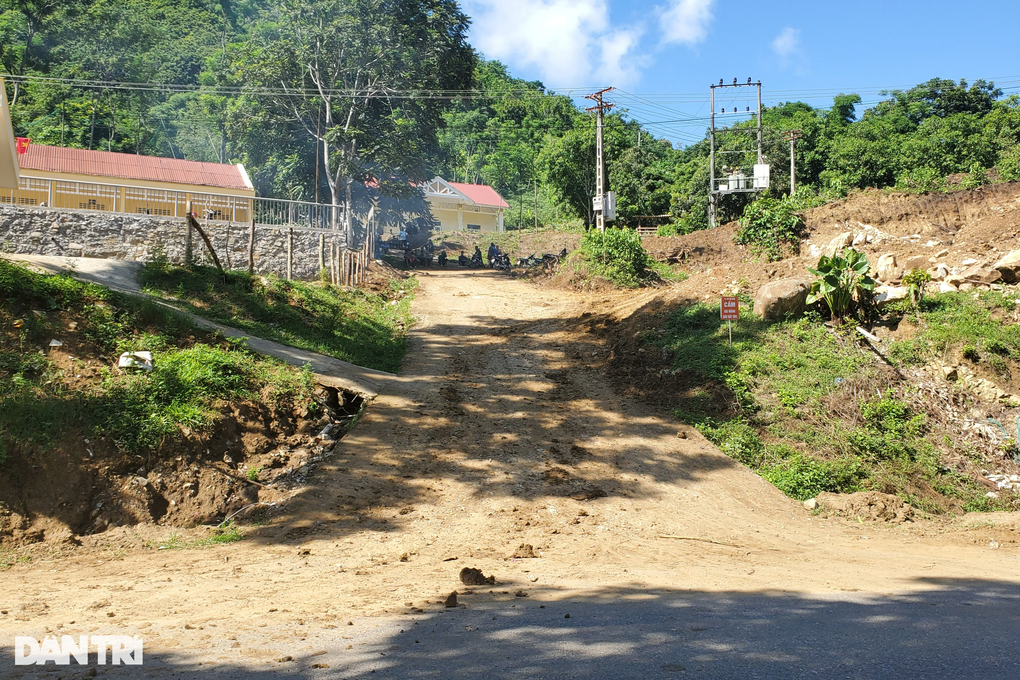
The road from Buon quarter to Lieng stream, cars can go all the way to the place to buy agricultural products invested by Mr. Doi, and people also donated land (Photo: Hanh Linh).
Recently, cows are selling at a good price, and many customers are coming to buy them. Mr. Doi currently has 20 cows ready to sell. This is the second batch of cows he has sold this year. Mr. Doi estimates that if he sells this batch, he can "pocket" several hundred million dong. He plans to sell another batch by Tet.
Paving the way out of poverty
Not only is he good at raising livestock, Mr. Doi also went online to research many plant varieties suitable for the soil and climate of the border district. After researching, he imported and tested the hybrid Thai corn 10 and bamboo-leaf cassava varieties.
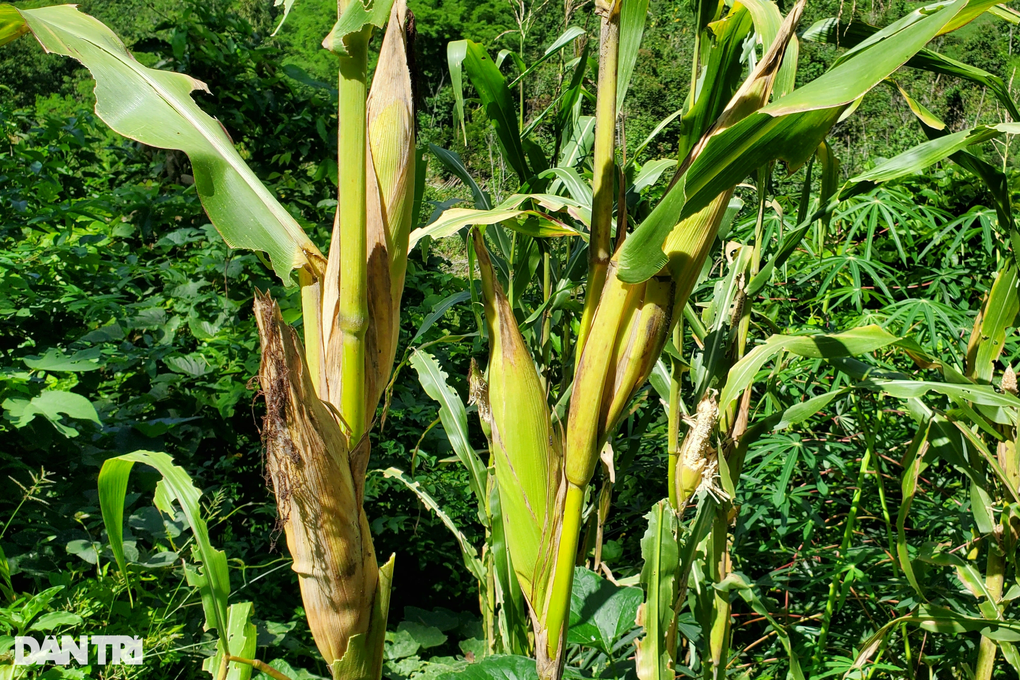
Mr. Doi brought two corn cobs home to plant for high yield (Photo: Hanh Linh).
According to Mr. Doi, 2-ear corn is a strange variety, with a much higher yield than the previous pure corn variety. Bamboo leaf cassava has large, many tubers, and a high starch content.
"Seeing that my family's corn has two big, long ears with many seeds; and the bamboo leaf cassava has big tubers with a lot of starch, the local households came to my house to ask for seeds to plant," said Mr. Doi.
Mr. Doi's high-yield corn and cassava varieties have been widely grown in the fields of people in neighboring communes such as Tam Chung and Quang Chieu.
Successful with his herd of cows, covering bare hills with high-yield cassava and corn varieties, Mr. Doi is also quick to seize opportunities. He has become the main supplier of seeds and the consumer of products (bamboo shoots, cassava, corn, bananas) for the people.
Not only is he good at business, Mr. Doi also participates in union activities. He is currently the Secretary of the Youth Union of Buon Quarter.
Party cell secretary and head of Buon residential area Ha Van Nhiem had many words of admiration for the ward youth union secretary. According to Mr. Nhiem, Mr. Doi invested 300 million VND to open 2 roads, creating favorable conditions for people to transport agricultural products from the high hills.
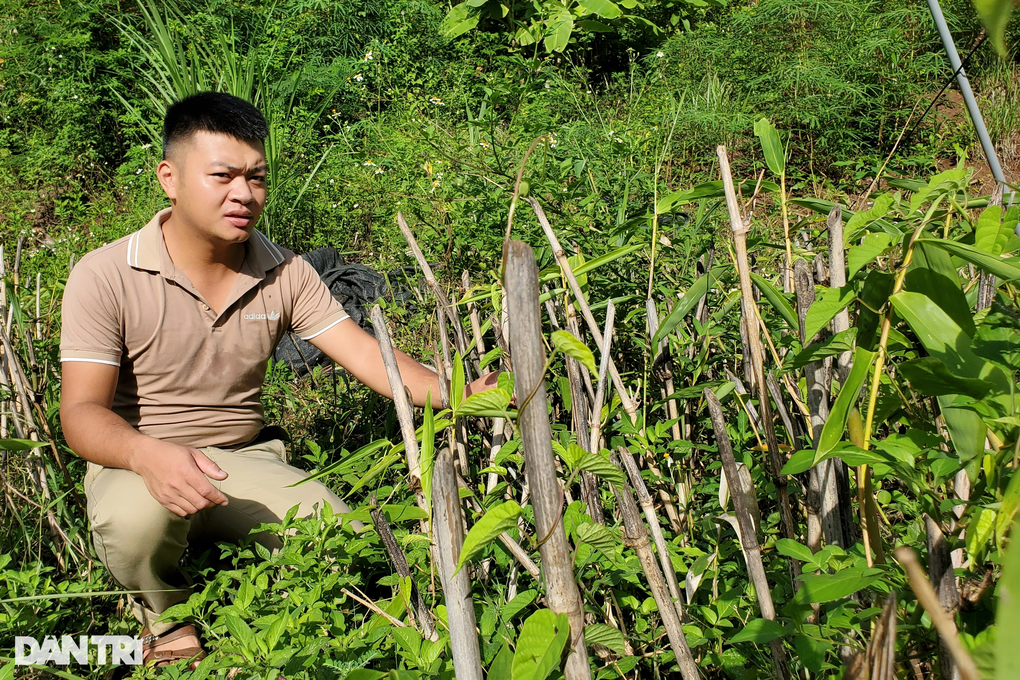
Mr. Doi is propagating and testing Bat Do bamboo shoots (Photo: Hanh Linh).
Previously, during each corn and cassava harvest season, the road was less than 1 meter wide, making it difficult to travel and transport agricultural products. When it rained, the road was slippery, and people could only carry or transport agricultural products by motorbike. Before they could harvest in time, the corn and cassava were washed away by floods.
"That situation no longer exists," said Mr. Nhiem.
Muong Lat District Youth Union Secretary Lau Van Phia commented that Mr. Vi Van Doi is a dynamic, enthusiastic Youth Union Secretary with an economic mindset. Mr. Doi has succeeded with a highly effective livestock and crop farming model. Recently, to expand the model and help the villagers get rich, Mr. Doi boldly established the Muong Lat Agricultural and Forestry Service Development Cooperative.
Source link


![[Photo] Third meeting of the Organizing Subcommittee serving the 14th National Party Congress](https://vstatic.vietnam.vn/vietnam/resource/IMAGE/2025/4/2/3f342a185e714df58aad8c0fc08e4af2)
![[Photo] Relatives of victims of the earthquake in Myanmar were moved and grateful to the rescue team of the Vietnamese Ministry of National Defense.](https://vstatic.vietnam.vn/vietnam/resource/IMAGE/2025/4/2/aa6a37e9b59543dfb0ddc7f44162a7a7)

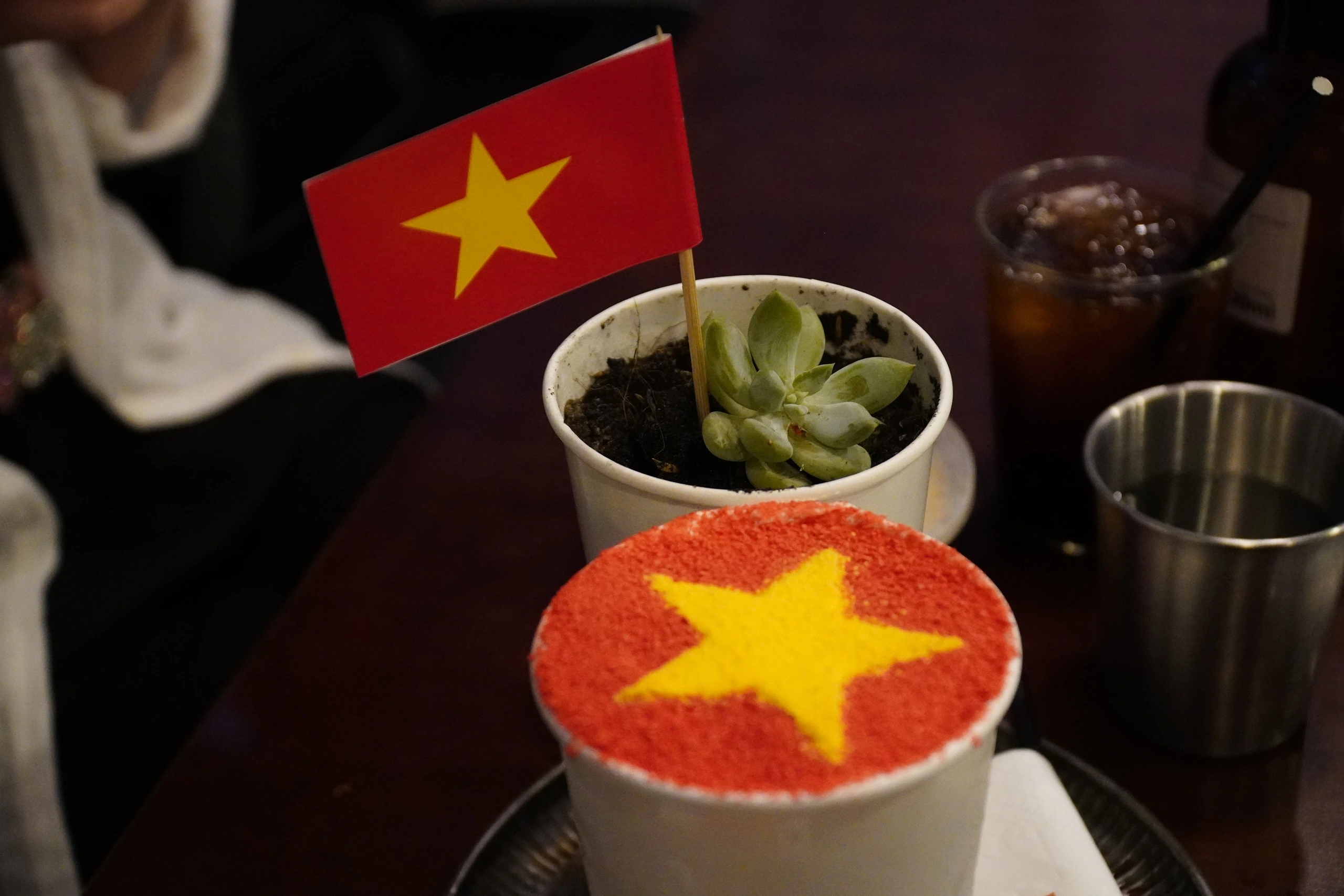
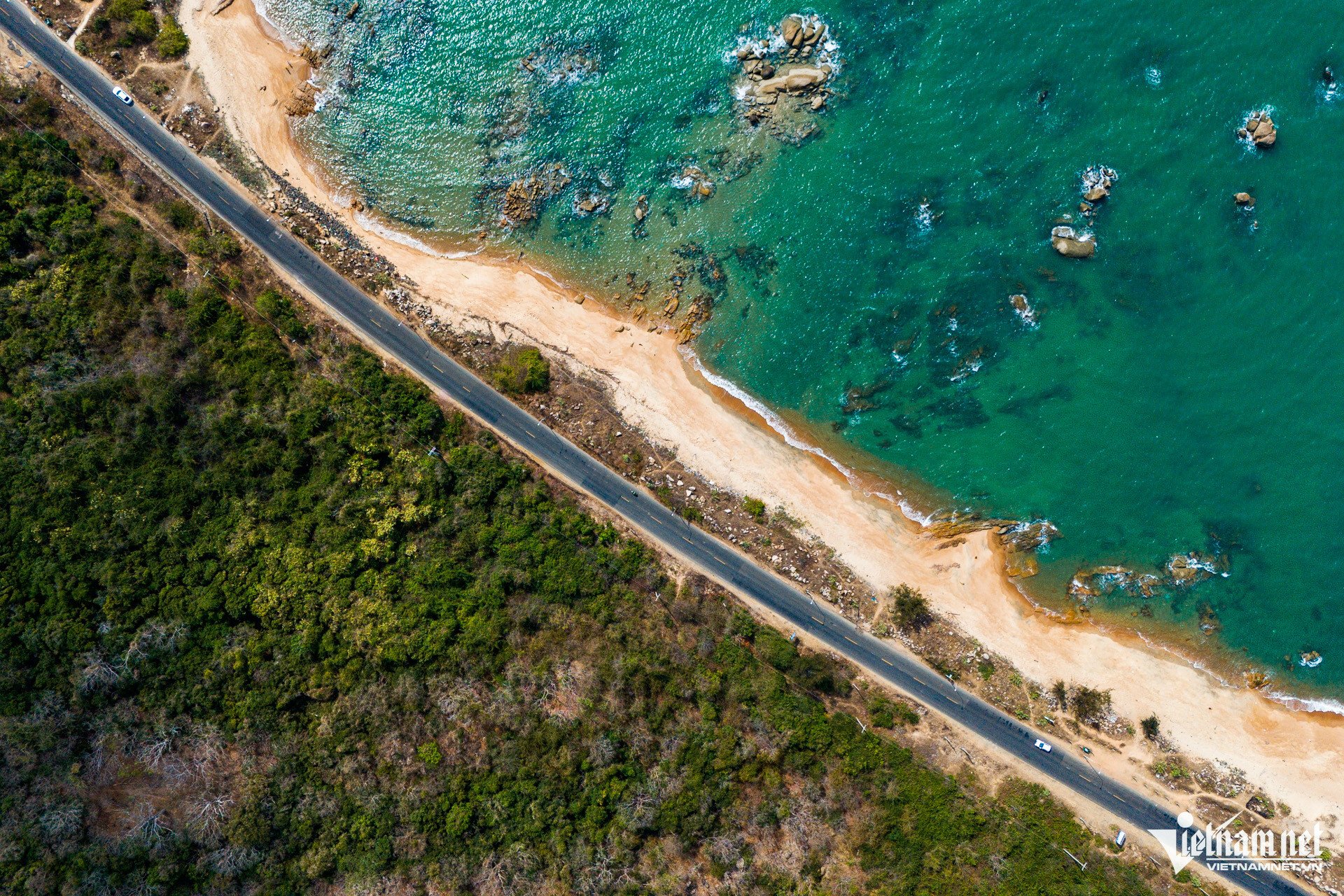

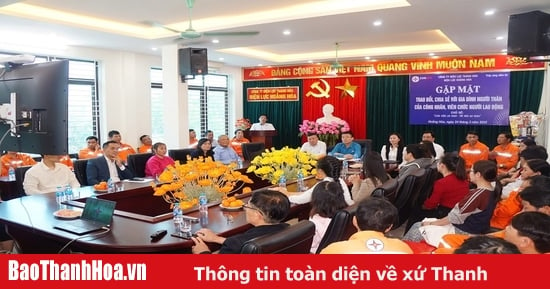

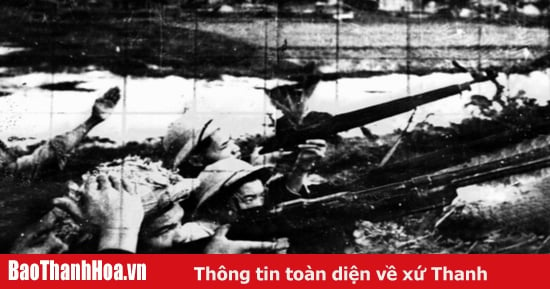
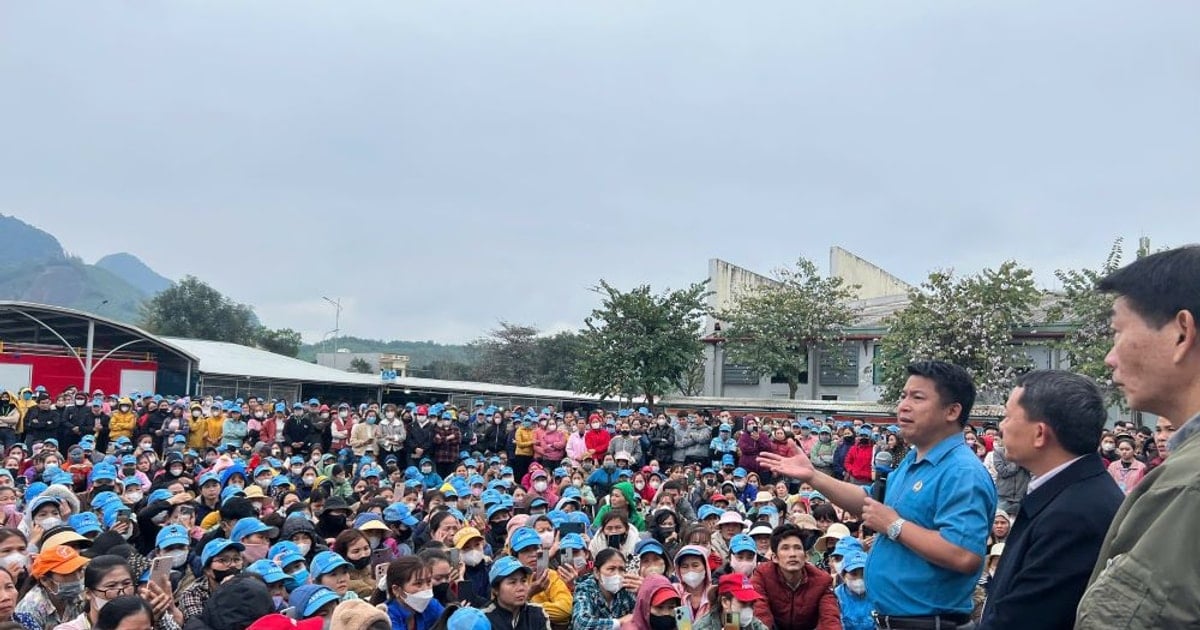



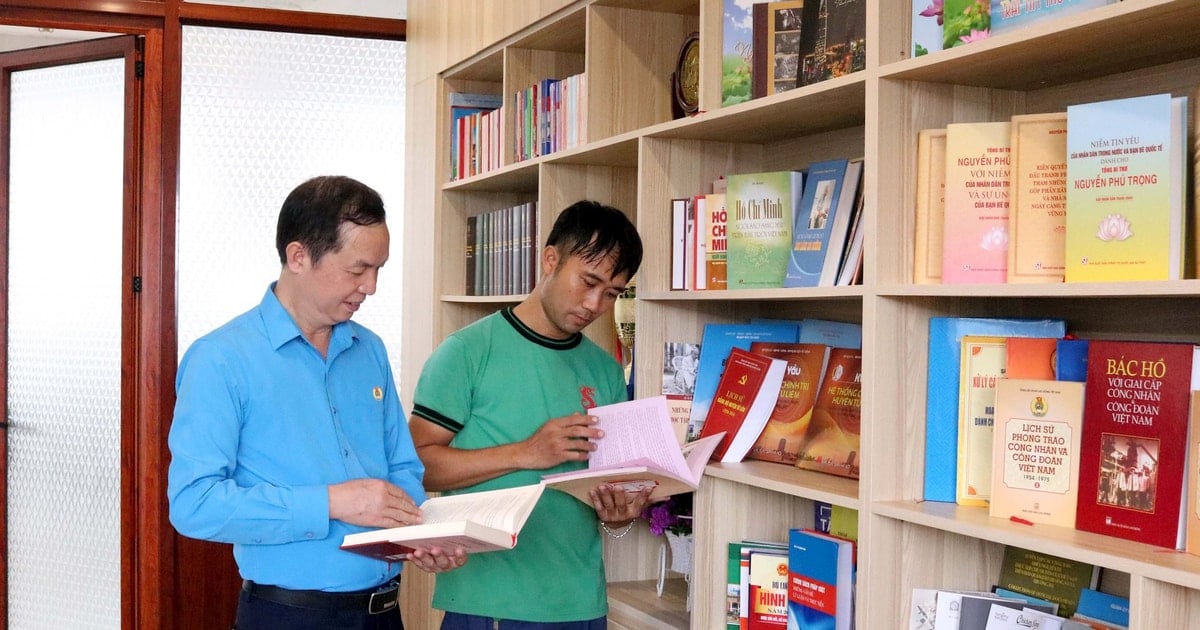
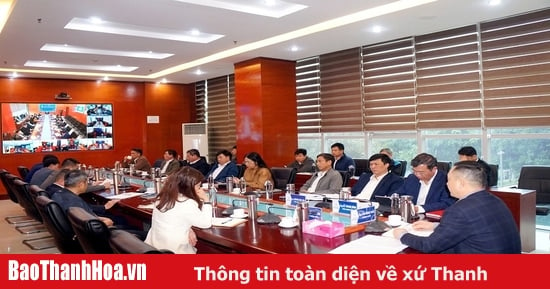
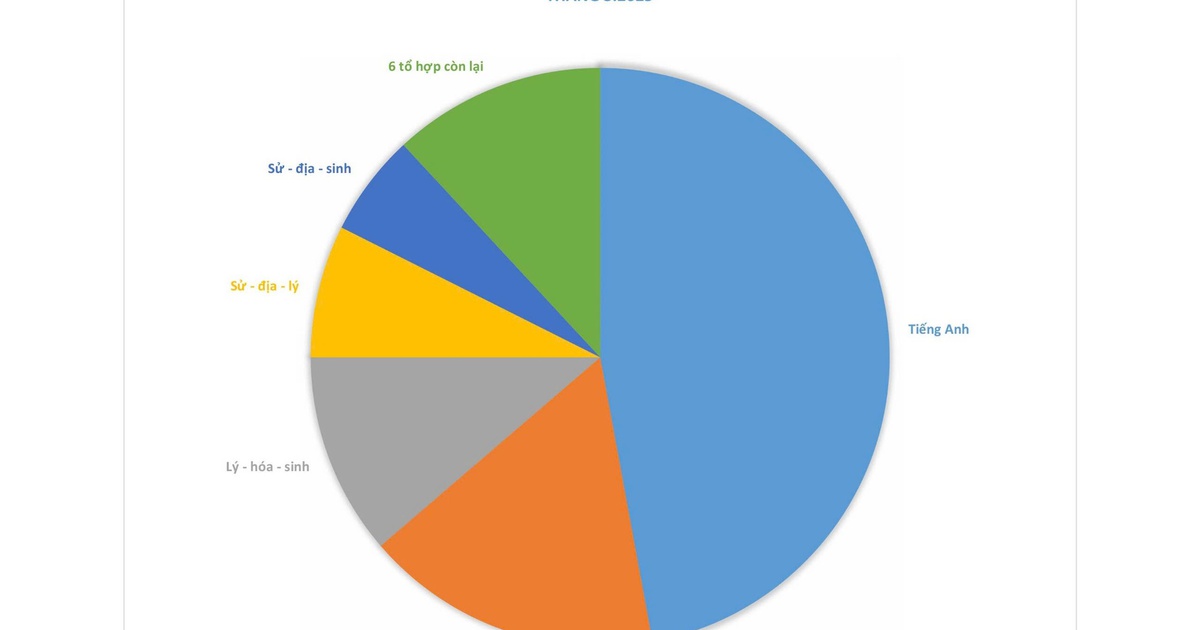
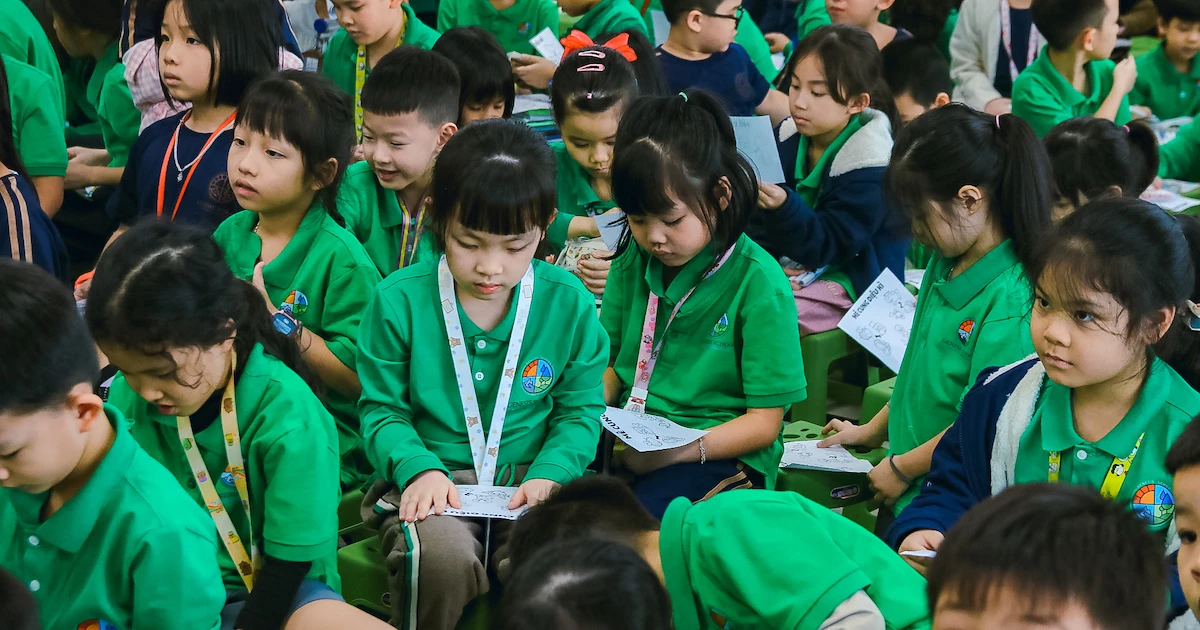
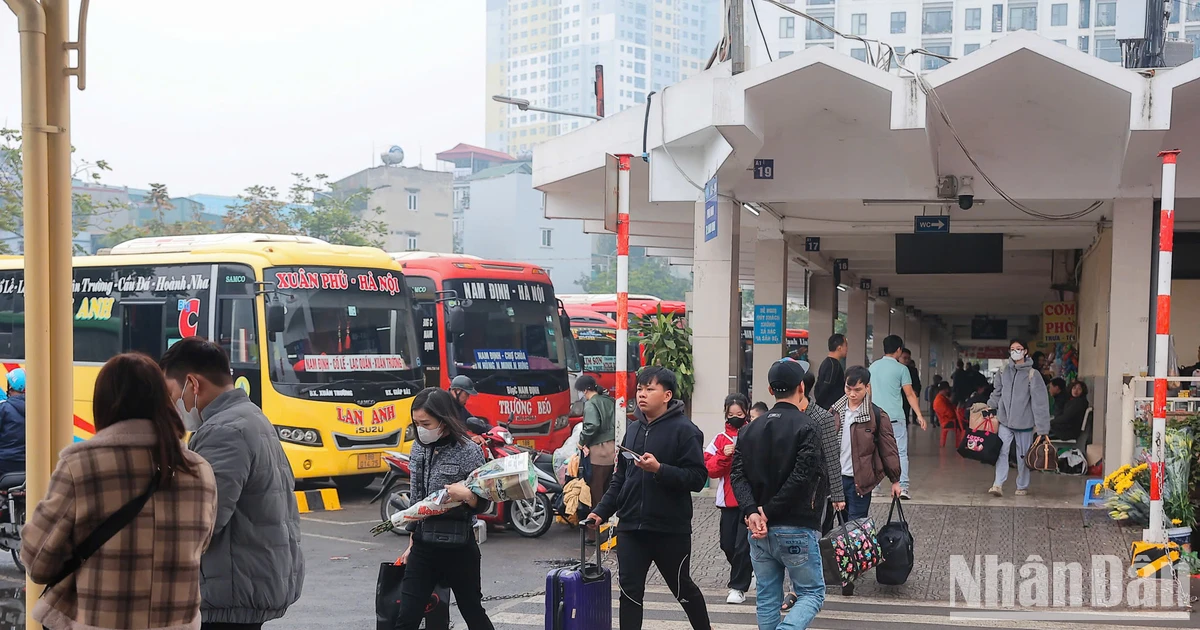
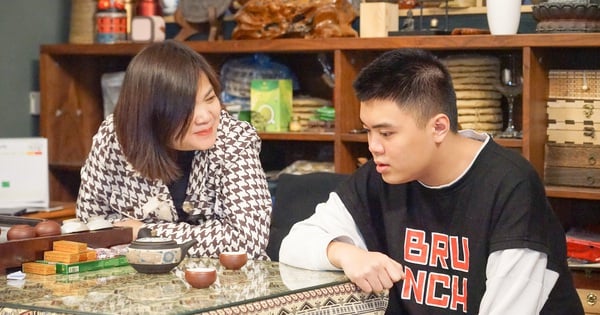
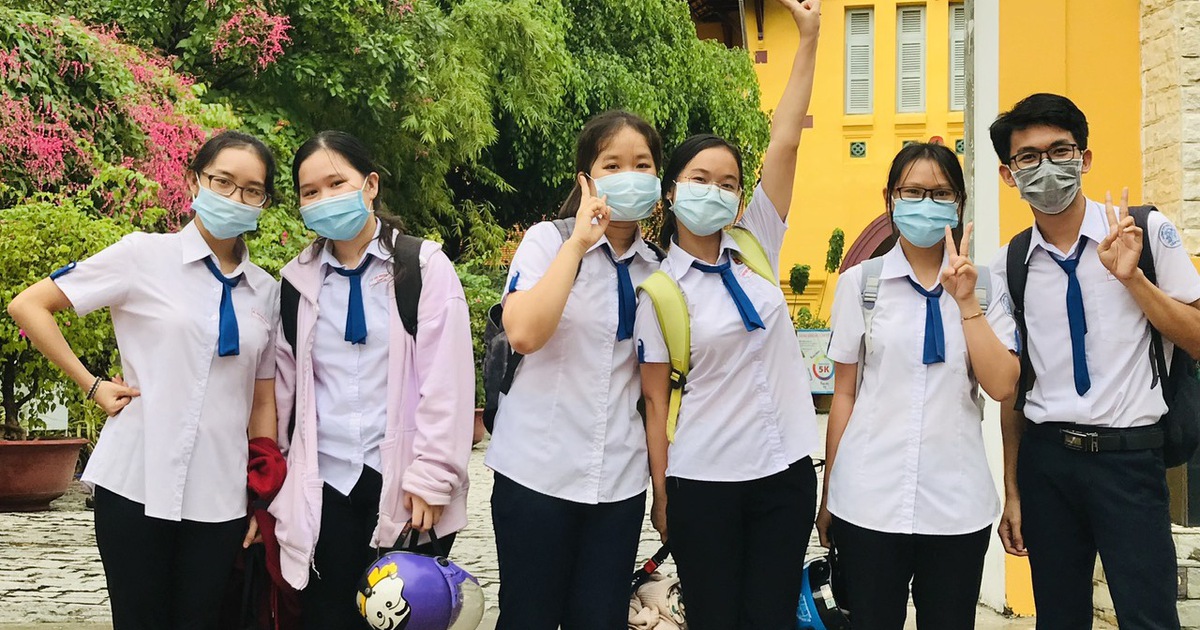
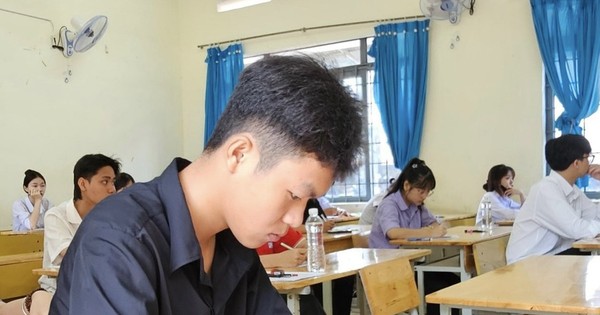



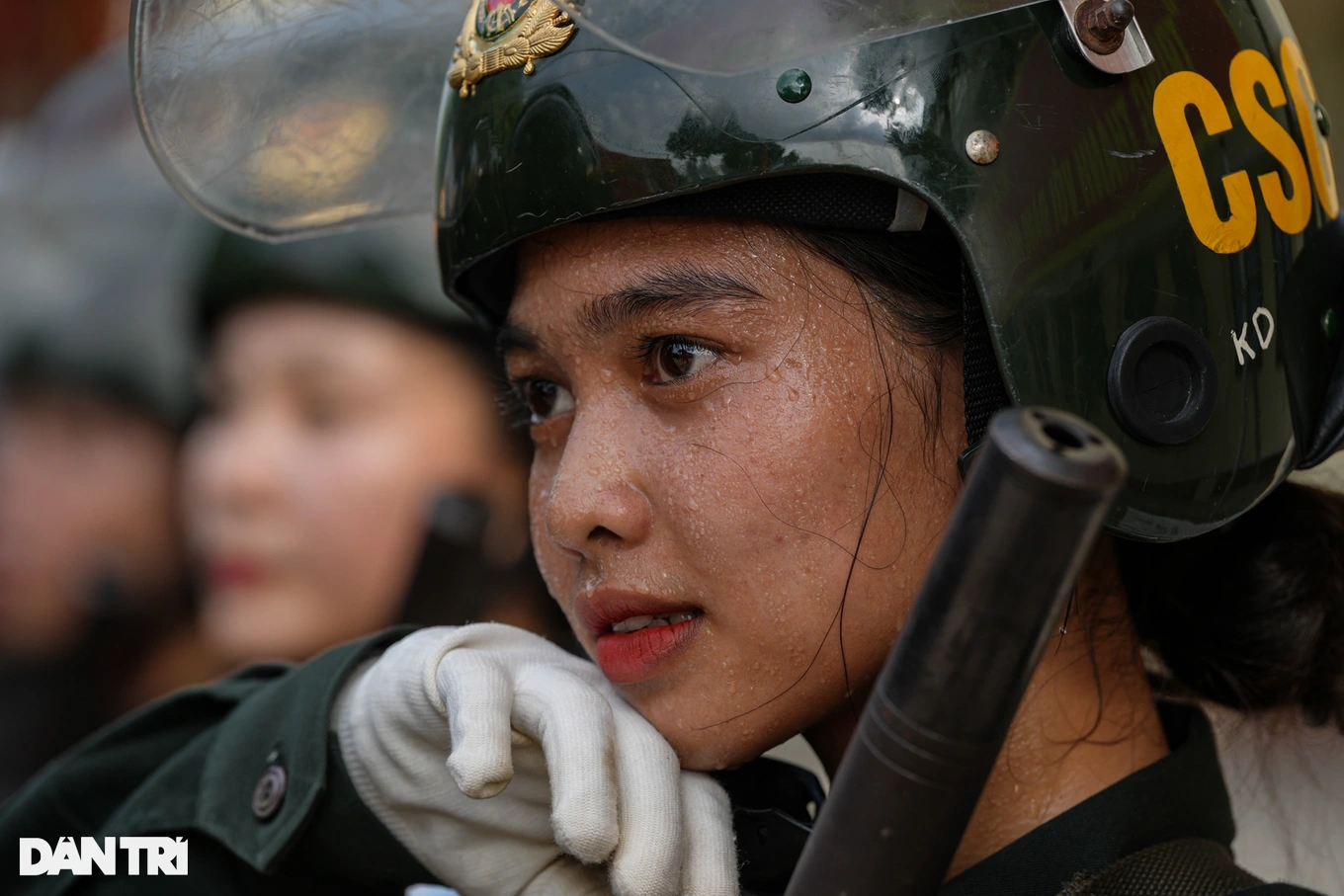

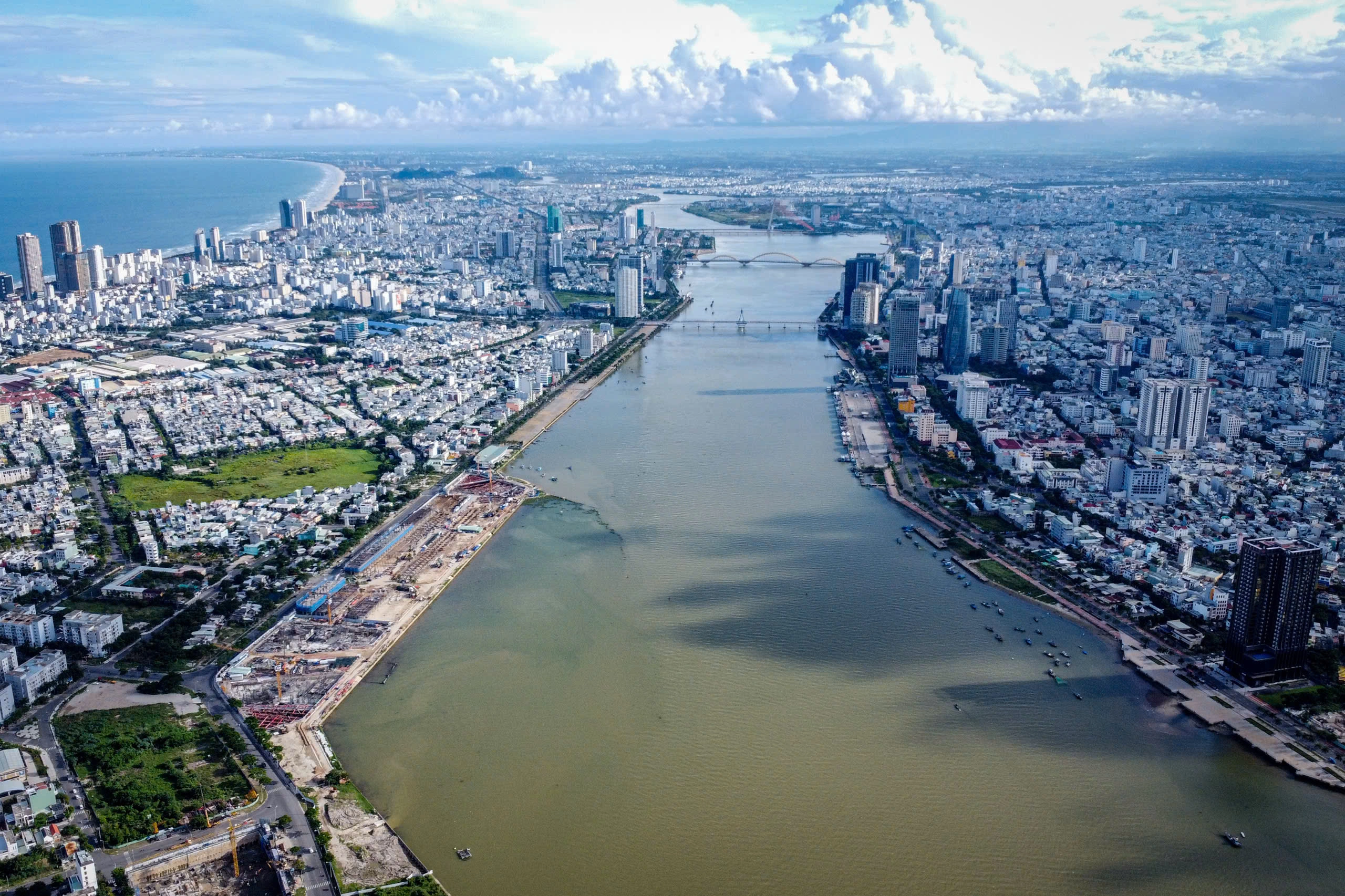
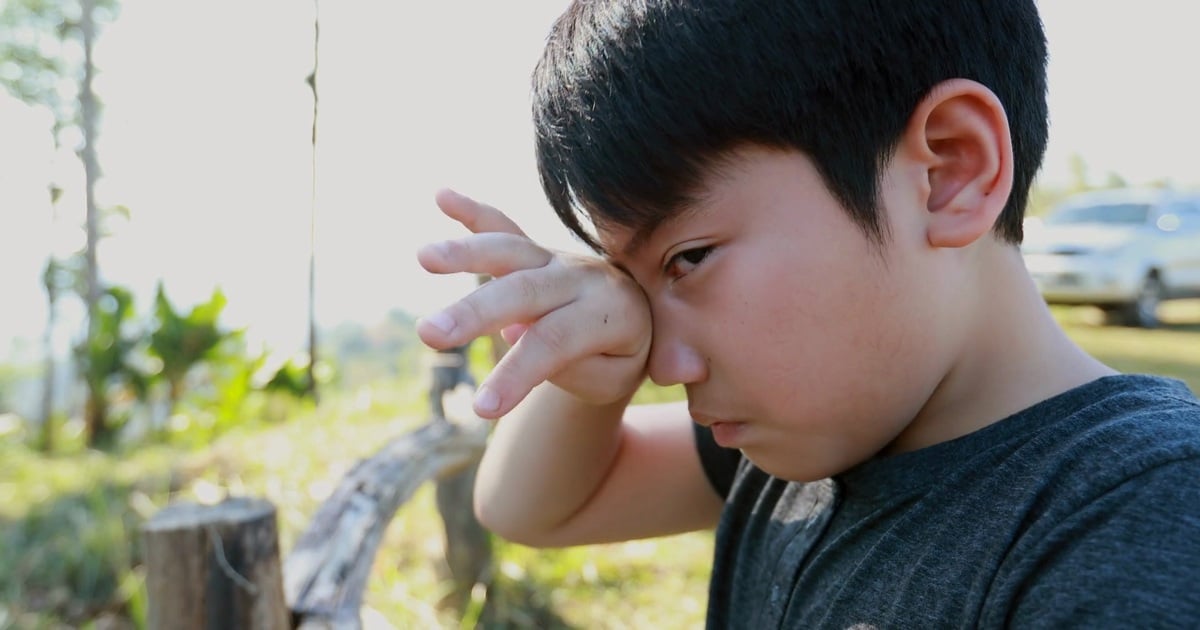


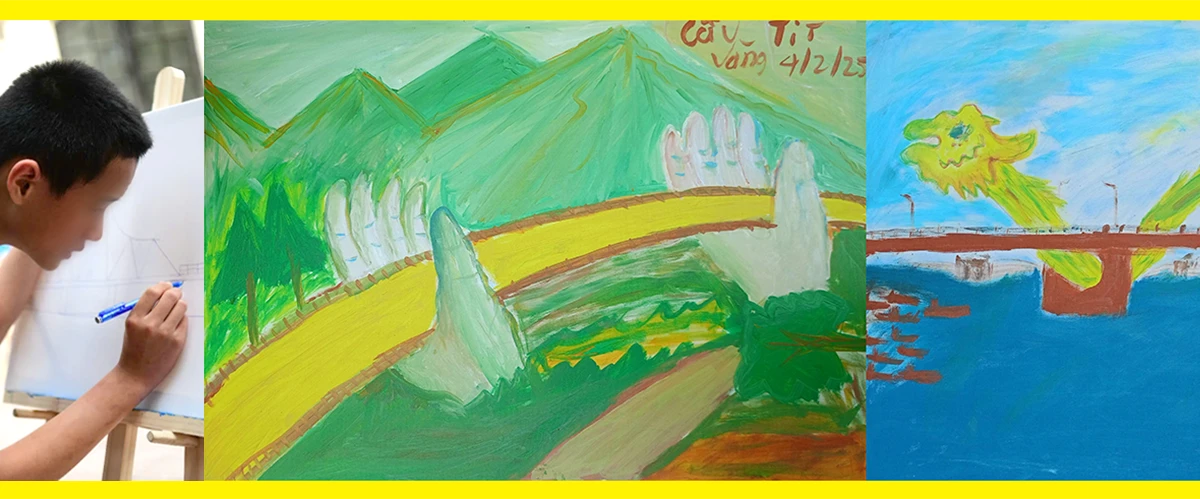











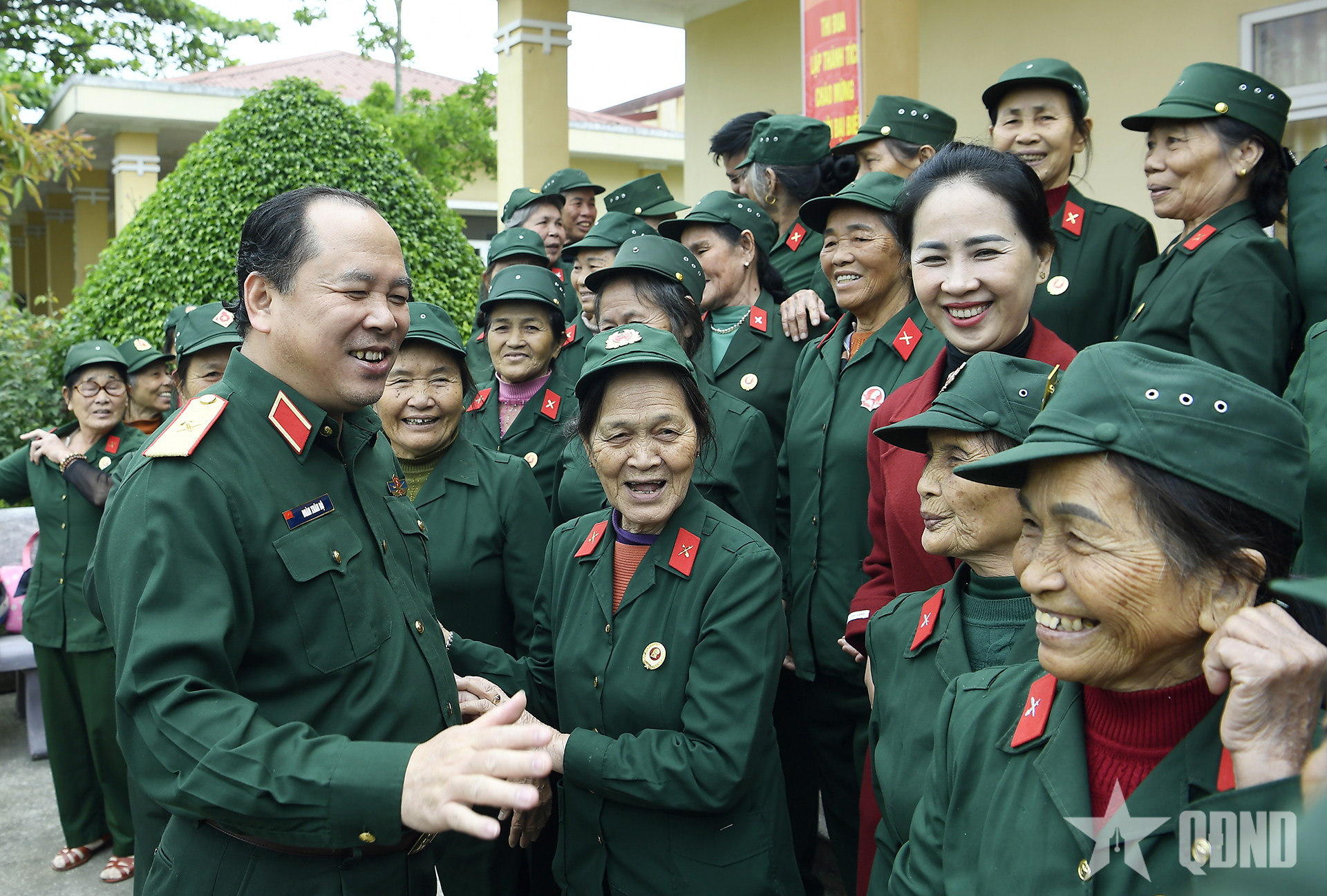







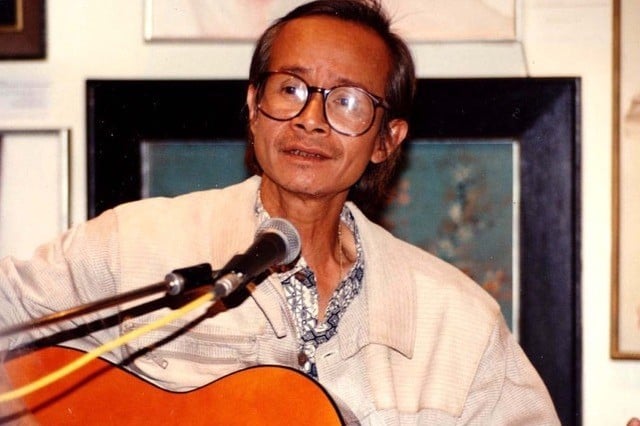









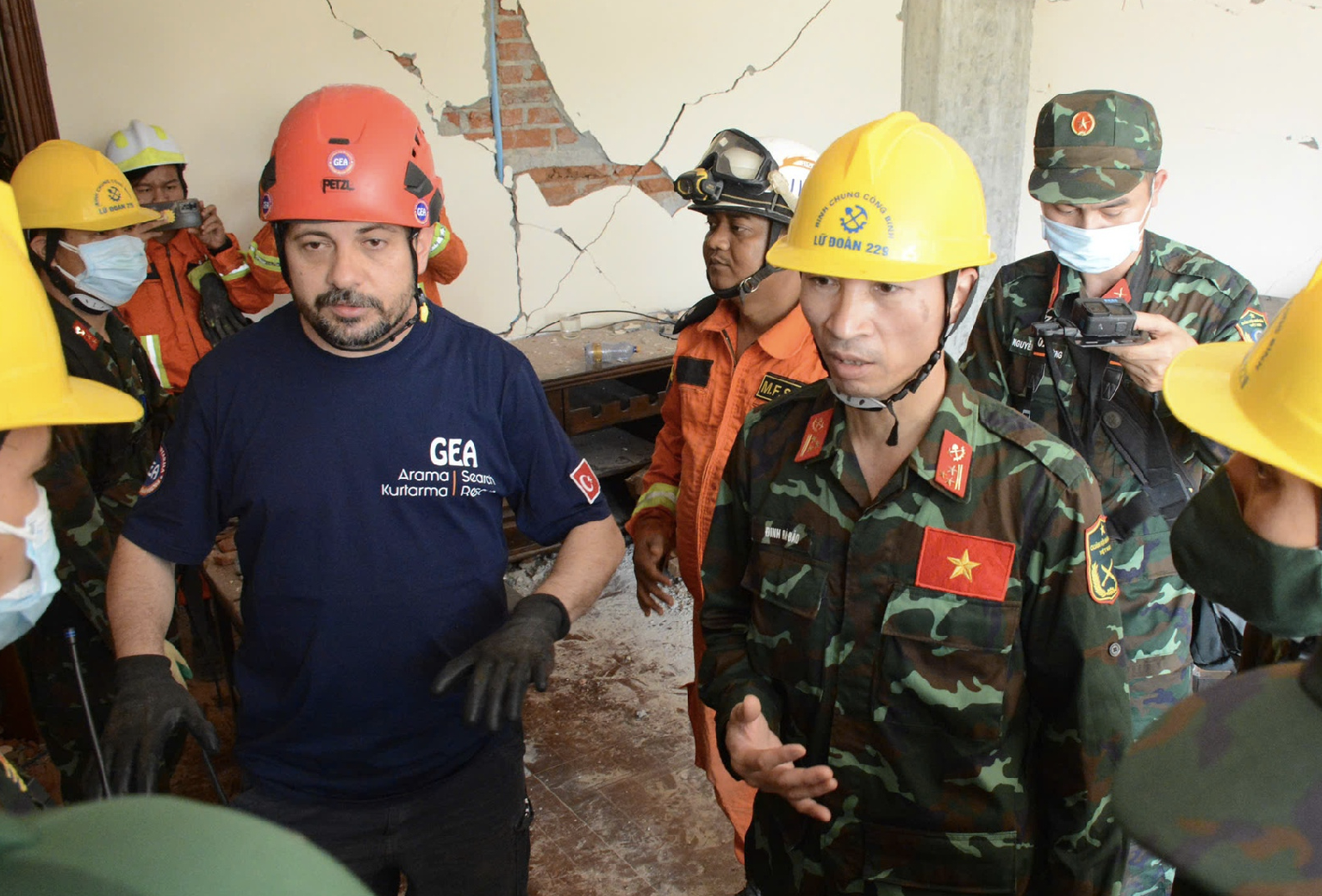




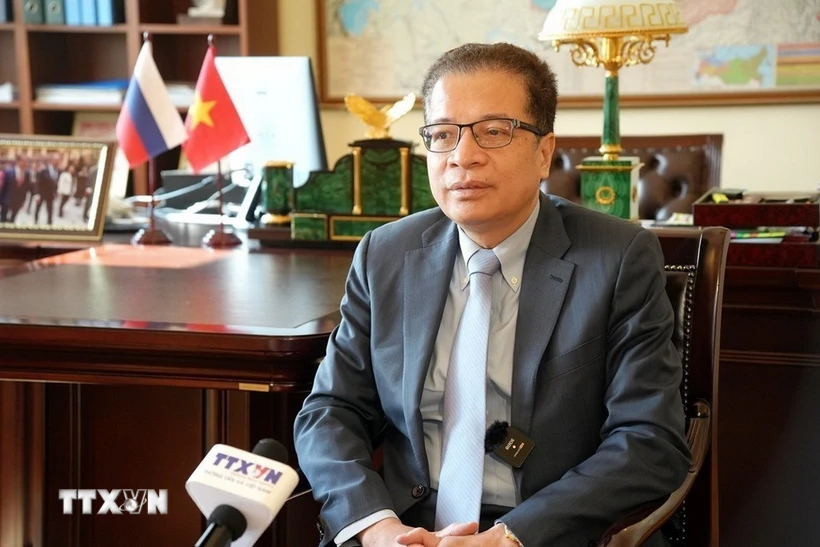
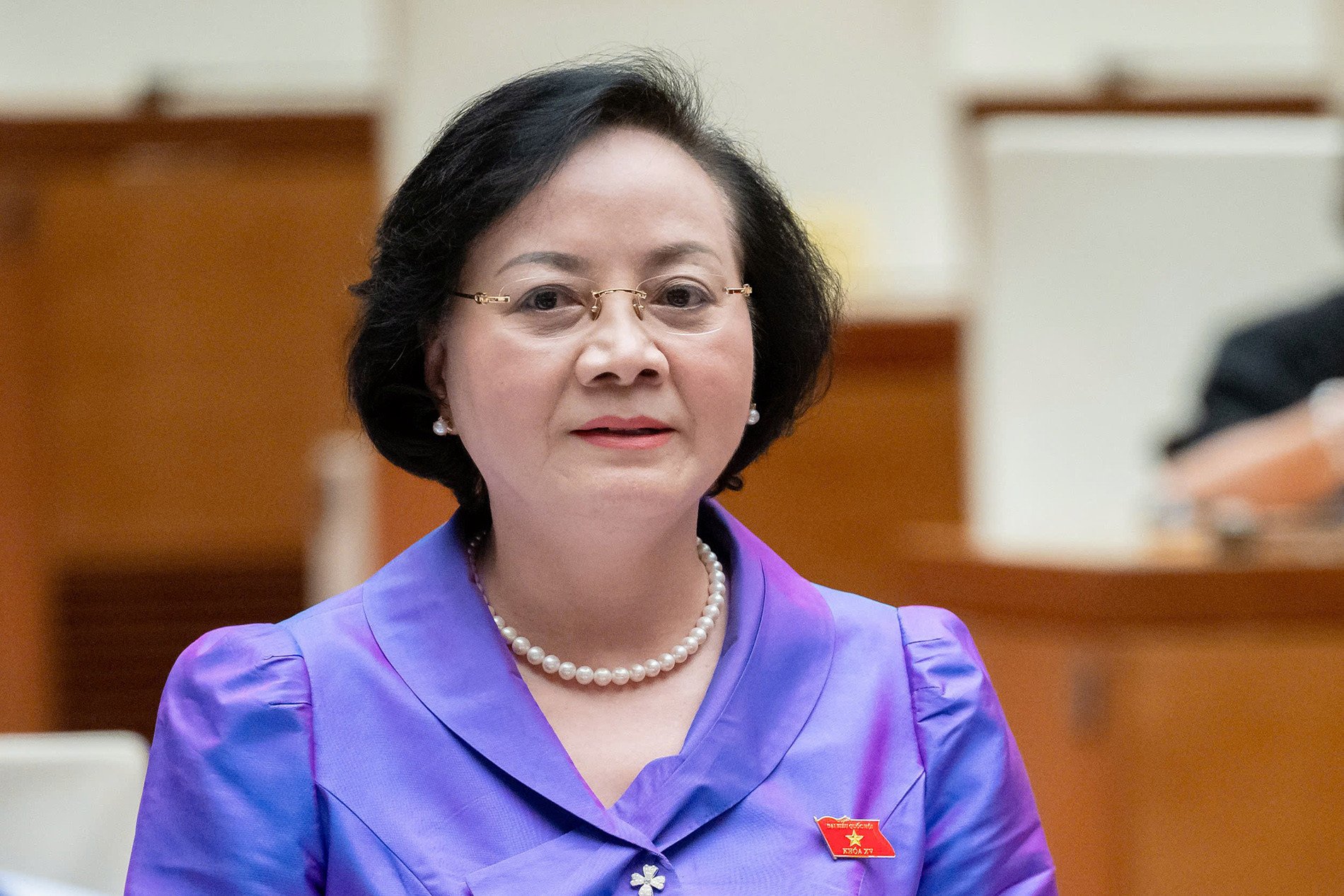


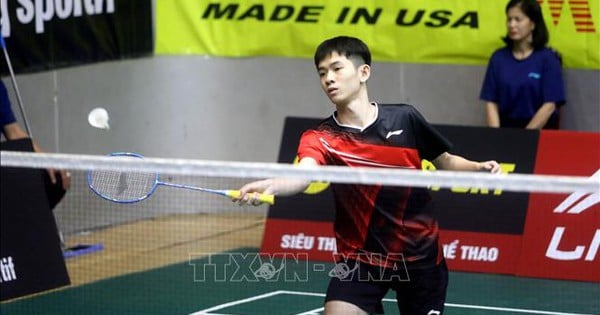


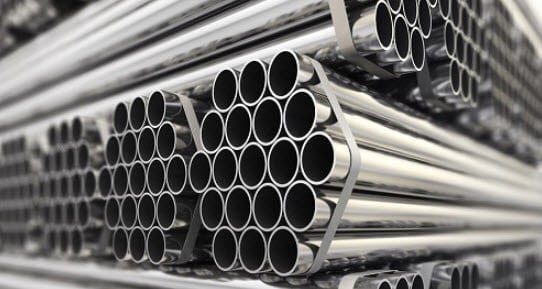

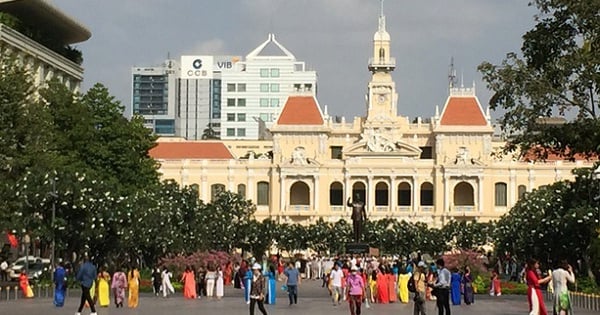
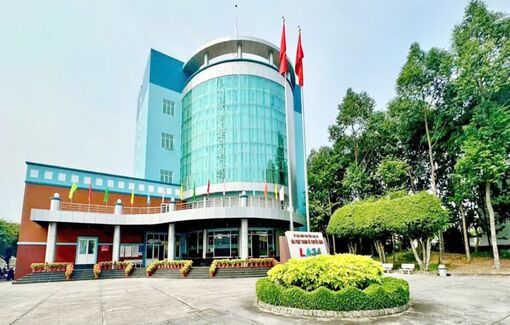
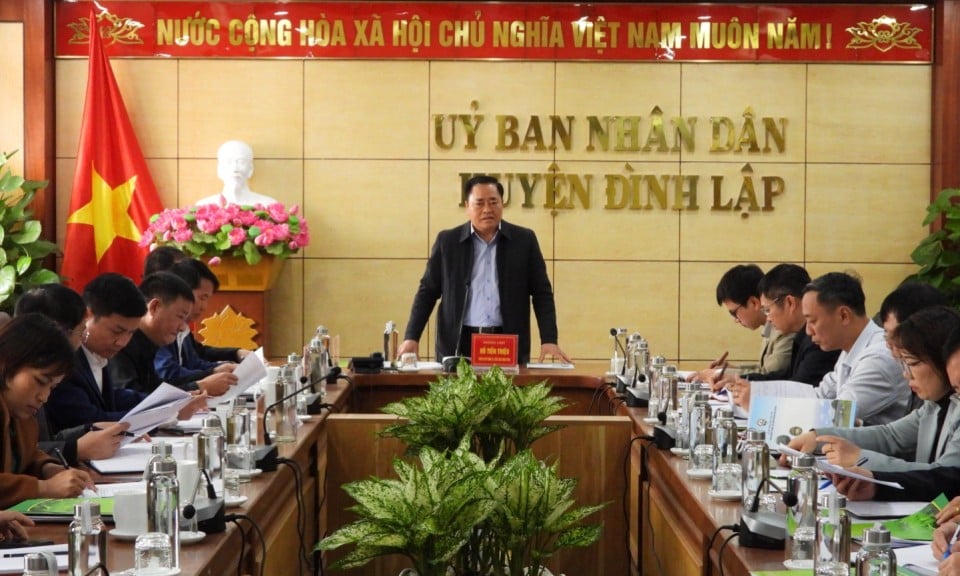

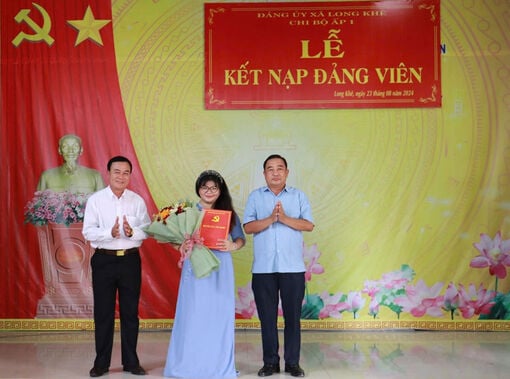
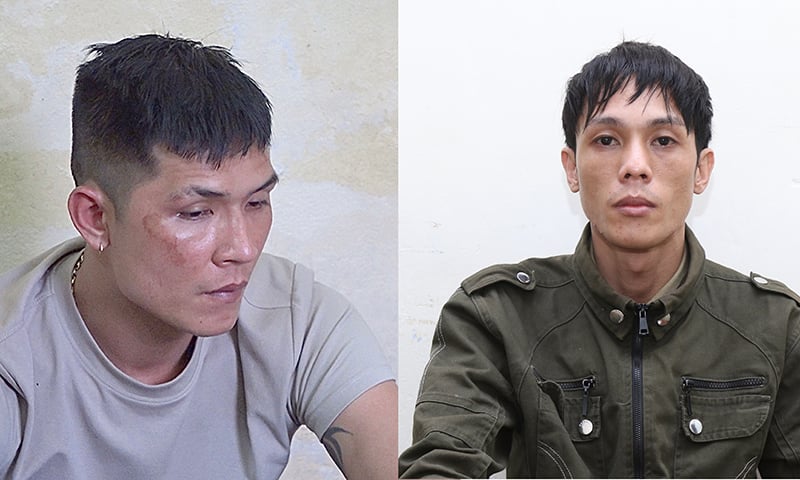

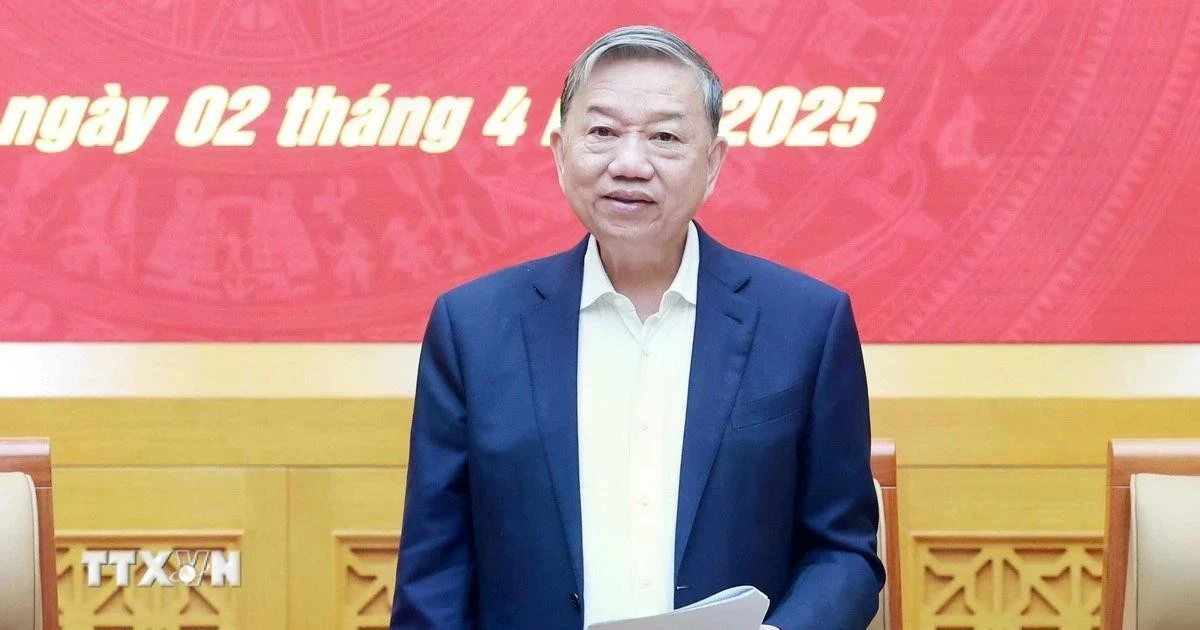





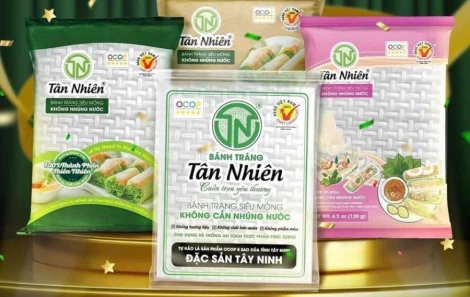




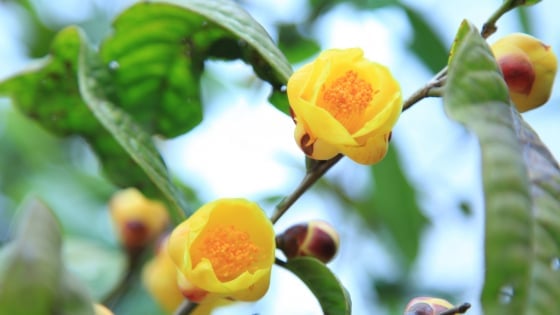

Comment (0)